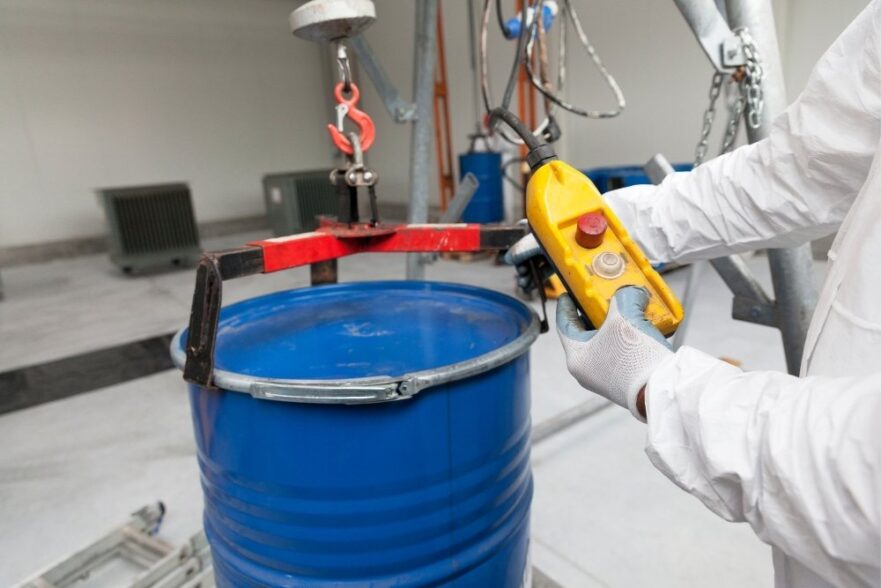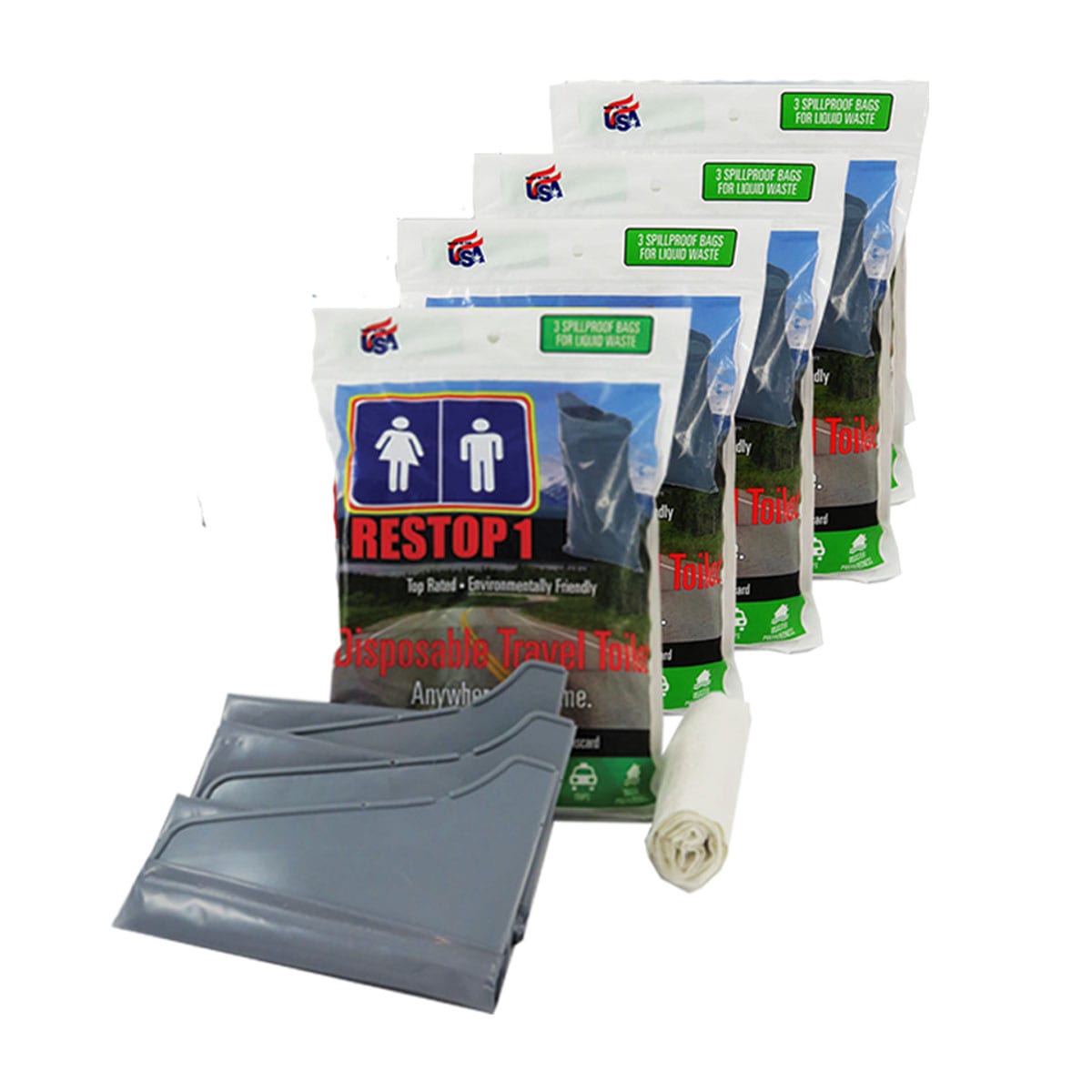Comprehensive Liquid Waste Disposal: Solutions for Homes and Services
Comprehensive Liquid Waste Disposal: Solutions for Homes and Services
Blog Article
Just How Liquid Waste Disposal Works: An In-depth Introduction of Methods and Technologies Employed

Summary of Liquid Waste Kind
The complexity of fluid waste types requires a thorough understanding of their qualities and ramifications for disposal. Fluid waste can generally be classified right into a number of types, including industrial, community, agricultural, and contaminated materials. Each category shows distinct properties, calling for certain administration methods to reduce environmental and health risks.
Industrial fluid waste stems from producing processes and typically includes a range of impurities, such as heavy metals, solvents, and natural substances. Community fluid waste, largely making up wastewater from houses and business facilities, includes raw material, nutrients, and microorganisms (industrial wastewater treatment). Agricultural liquid waste, consisting of overflow from farms, might include plant foods, chemicals, and animal waste, posturing dangers to water quality and ecosystems
Harmful liquid waste is identified by its toxicity, sensitivity, or prospective to cause injury. This classification consists of compounds like acids, bases, and particular chemicals that require stringent handling and disposal methods. Comprehending these varied liquid waste kinds is important for developing reliable disposal approaches and making certain conformity with environmental regulations. Appropriate category and characterization are necessary for implementing ideal treatment methods and reducing the damaging influence on public wellness and the environment.
Physical Treatment Techniques

Screening is the initial action, where bigger particles and particles are gotten rid of from the fluid waste utilizing screens or grates. This process safeguards downstream devices from damage and guarantees smoother operation. Adhering to testing, sedimentation makes use of gravitational pressure to separate solids from fluids. In sedimentation containers, larger particles work out near the bottom, creating a sludge layer, while the made clear liquid can be further treated.
Filtration is another important method that entails passing the liquid with permeable products, such as sand or membrane layers, to capture smaller sized particles. This action improves the quality of the liquid, making it suitable for succeeding treatment processes.

Chemical Treatment Strategies
Chemical treatment strategies are vital for effectively handling liquid waste, specifically in attending to dissolved and colloidal pollutants that physical approaches may not appropriately get rid of. These methods make use of various chemical agents to counteract, precipitate, or change hazardous materials right into less dangerous forms.
One typical approach is coagulation and flocculation, where chemicals such as alum or ferric chloride are contributed to advertise the gathering of suspended bits. This procedure boosts sedimentation, permitting less complicated removal of the resulting sludge. Furthermore, oxidation procedures, using representatives like chlorine or ozone, are utilized to damage down intricate organic compounds and microorganisms, providing the waste more secure for discharge or further treatment.
Neutralization is an additional critical technique, which changes the pH of acidic or alkaline waste streams to neutral degrees, protecting against prospective injury to downstream Discover More systems and the setting. In addition, advanced oxidation processes (AOPs) utilize combinations of oxidants and ultraviolet light to break down relentless toxins, attaining a greater degree of treatment effectiveness.
Biological Treatment Processes
Biological treatment processes play a vital role in the monitoring of fluid waste by using microbes to decompose organic issue and reduce pollutant levels. These processes can be broadly categorized right into cardiovascular and anaerobic treatments, each utilizing particular microbial neighborhoods to achieve efficient waste destruction.
Cardiovascular therapy includes using oxygen to promote the malfunction of organic materials by bacteria. This procedure is typically executed in activated sludge systems, where oygenation containers offer a conducive environment for microbial growth, resulting in the oxidation of natural contaminants. The resultant biomass can be separated from dealt with effluent with sedimentation.
In comparison, anaerobic therapy occurs in the lack of oxygen, counting on different microorganisms to break down raw Your Domain Name material. This approach is especially advantageous for high-strength waste, as it creates biogas, a renewable resource resource, while minimizing sludge production. Technologies such as anaerobic digesters are regularly utilized in industrial and community applications.
Both anaerobic and aerobic organic treatments not just minimize the ecological impact of fluid waste but additionally help with source recuperation, making them necessary components of lasting waste management methods. Their adaptability, effectiveness, and effectiveness support their prevalent implementation across different fields.
Emerging Technologies in Disposal
Cutting-edge approaches to liquid waste disposal are rapidly progressing, driven by improvements in technology and a boosting focus on sustainability. Amongst these arising technologies, membrane bioreactors (MBRs) have actually gained traction for their capability to combine biological treatment with membrane layer purification, causing top quality effluent that can be reused in various applications. MBRs make it possible for smaller impacts and much more reliable operations compared to typical systems.
Another encouraging development is making use of anaerobic digestion integrated with nutrient recuperation modern technologies, which not just deals with fluid waste however likewise produces biogas and recuperates useful nutrients like nitrogen and phosphorus. This double benefit improves resource efficiency and reduces environmental impact.
Additionally, progressed oxidation procedures (AOPs) are being embraced for the deterioration of click for more complicated natural contaminants. These methods utilize effective oxidants and stimulants to break down pollutants at the molecular level, using a highly effective remedy for tough waste streams.
In addition, the combination of expert system and artificial intelligence in waste monitoring systems is optimizing operational performance and anticipating maintenance, leading to lowered expenses and improved ecological conformity. These innovations reflect a substantial shift towards even more reliable and sustainable fluid waste disposal techniques.
Final Thought
In conclusion, efficient fluid waste disposal demands a comprehensive understanding of different strategies and technologies. By constantly progressing these methodologies, it becomes possible to attend to the growing difficulties connected with fluid waste, inevitably contributing to environmental protection and source recovery.
Liquid waste disposal is an important facet of ecological management, requiring a detailed understanding of numerous strategies and modern technologies customized to various waste kinds. Fluid waste can generally be categorized into several types, including commercial, metropolitan, farming, and hazardous waste. Agricultural liquid waste, including overflow from ranches, might consist of plant foods, chemicals, and animal waste, posing dangers to water top quality and communities.
Different physical treatment techniques play an essential function in taking care of liquid waste successfully - industrial wastewater treatment.In final thought, efficient liquid waste disposal necessitates a comprehensive understanding of numerous techniques and technologies
Report this page